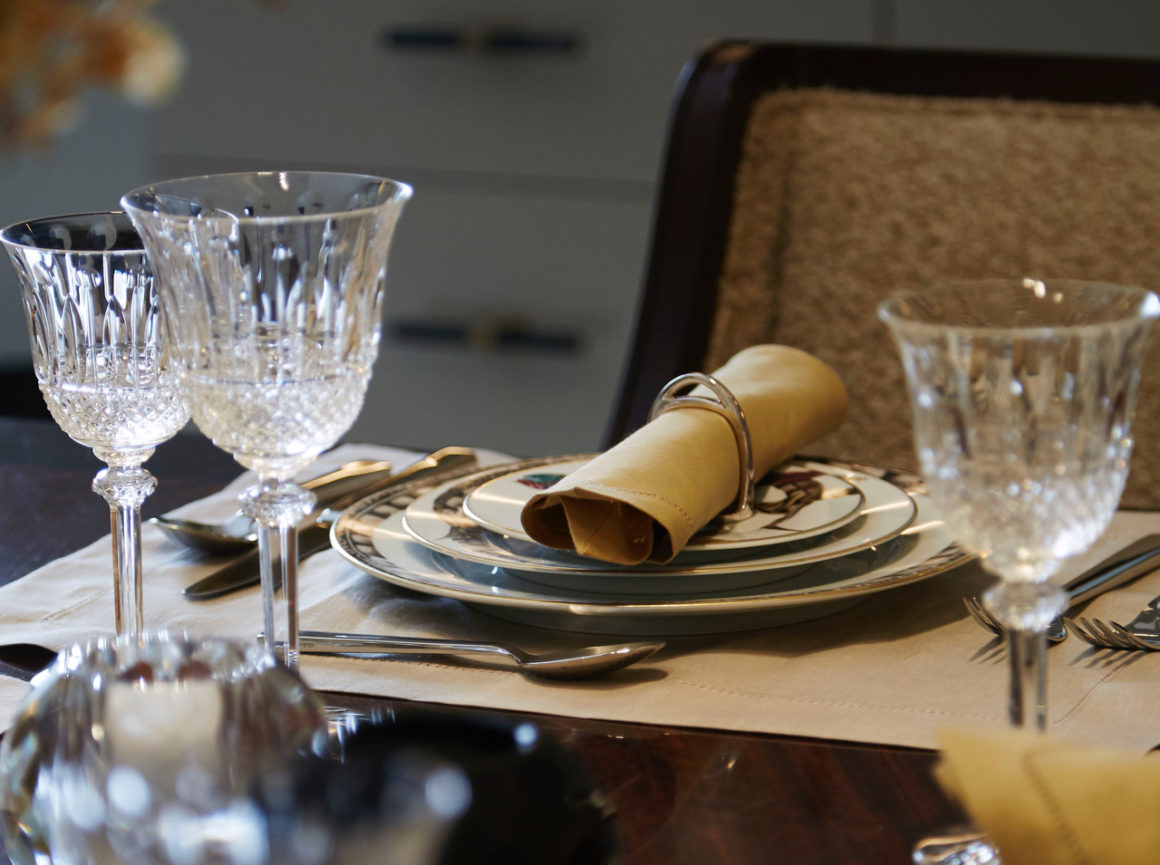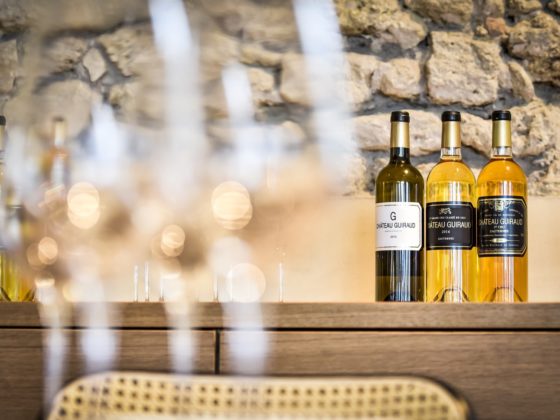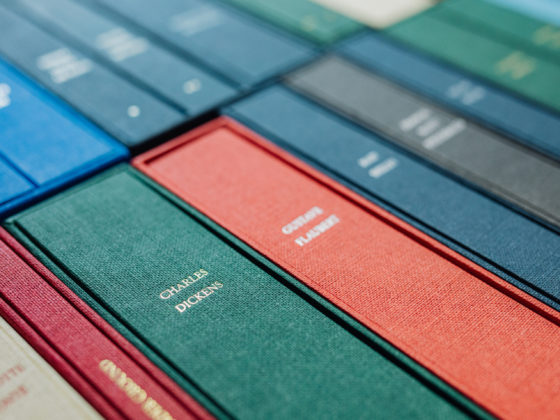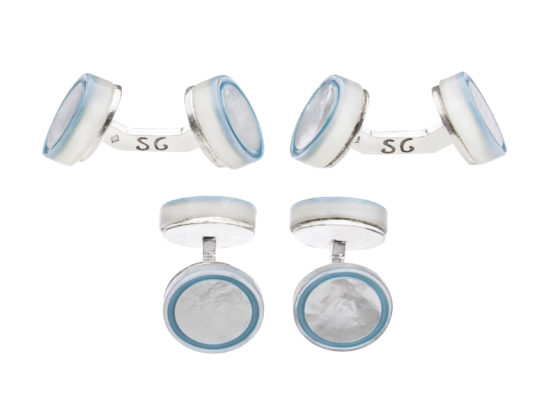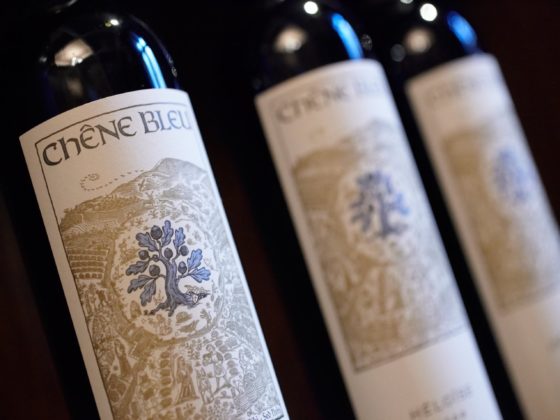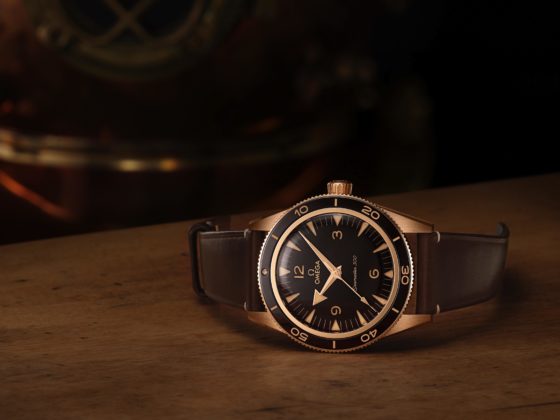The gastronomic meal of the French, a figure of the intangible heritage of humanity, is the heritage of an ancestral and unknown know-how, which has been refined throughout history.
By Jean-Robert Pitte
(Continued)
During the Empire, the sumptuous chef Antonin Carême not only codified new recipes, but also insisted on the presentation of the dishes, which were as important as the taste for him and his demanding clientele who wanted to look good (Talleyrand, Napoleon, the ambassadors stationed in Paris, all the princes of Europe who ordered from him on special occasions extraordinary). Its pâtés and desserts are shaped like Egyptian or Greek temples. It is the triumph of decorative haute cuisine.
Even if Berchoux prescribes “Serve hot!”, the problem of service is that the multiplicity and complexity of the preparation of dishes forced to eat lukewarm, especially in palaces where the kitchens are often far from the salons or anterooms where one lunches, dines and eats. The dining room will appear only in the course of the nineteenth century, at the same time time as the new way of serving. The other disadvantage is the confusion of flavors – we mix a variety of dishes in our plate – which does not leave memories of the meal and forbids any idea of a harmonious marriage with the wines. Moreover, only one wine is served at the table, often clear, generally cut with water and, sometimes, with ice kept since winter in a cooler in the park. Sometimes, we serve with the dessert or after the meal sweet wines (sauternes, port, sherry, madeira, constantia from South Africa, etc.) or brandies and liqueurs. Joséphine had an ample supply of these collection at Malmaison.

First changes at the end of the Empire, probably because a new generation of gourmets was born: not only do they like good food, but they also like also like to talk and write about it. Grimod de La Reynière, Berchoux or Brillat-Savarin illustrate this new art.
Small a new and much more subtle way of serving is being imposed, which carries the name of “Russian service”. In reality, it is a reformed “French service”, but its invention is attributed to the Prince Alexander Kurakin, ambassador of the tsar in Paris from 1808 to 1812. At during a ball given at the Austrian Embassy by Prince Karl Philip von In Schwarzenbeg, on July1, 1810, a fire broke out. In the panic, Kurakin is trampled and badly burned; the “prince diamond”, as it is called, owes its life only to its heavy clothes richly decorated. Convalescent for several months, he never stops receiving, but imposes seated dinners and service at the dish which does not require to stretch the arms or to move. As a result, the habit is formed of serving the dishes one after the other. in a carefully considered order from cold to hot, from fish to meat, from the less spicy to the more spicy, from salty to sweetness. Food and wine pairings are finally possible.
The table setting benefits greatly from this revolution, as the tablecloths remain clean and the centerpiece can be occupied by a centerpiece or by flowers. Soup plates or flat plates, large or small, are changed with each course. The same goes for the cutlery, which can be placed in front of each guest, from the outside in, in the order of use, on either side of the first plate on which a folded napkin is placed. These are adapted to the dishes: large for meats with a sharp knife, smaller, specially shaped and without a knife edge for fish, even smaller for cheese and desserts, the latter being placed parallel to the edge of the table between the plate and the glasses. The knife is placed on the right, cutting towards the plate, the fork is placed on the left, according to the French custom, points towards the tablecloth, whereas in England, the points are in the air, as it is also the case in the United States and in certain families of Bordeaux of the quai des Chartrons or the cours Arnozan.

This is why when cutlery bears coats of arms or initials, they do not appear on the same side on either side of the Channel, with the exception of Scotland, which follows the French practice. This difference dates back to at least the 18th century, but its origin is still mysterious. Certainly, the downward points give a less aggressive impression than when they are arranged upward. Today’s restaurants are divided, but it is advisable to keep the more refined French usage. Several glasses of different sizes and shapes are placed on top of the plate to accommodate the different wines. Since that time, porcelain makers, goldsmiths and crystal workers have been competing with each other in their creativity to make prestigious tables shine with beauty and harmony.
The The “Russian service” requires dexterity on the part of the waiter and of the guest, because it is the latter who takes his share in the dish that is presented to his left, which is easier for the right-wing majority of humanity. Once the food is eaten, the plate is removed from the right side with cutlery that has been placed at an angle on the plate. This service is practiced still at the Élysée Palace, the Quai d’Orsay, in a few rare ministries and large embassies of France, as well as at the table of certain sovereigns and foreign presidents, including from the antipodes like the Emperor of Japan or the king of Thailand. Sometimes, if several meats are served, the knife remains at the table, placed on a knife rack, but this is not the most more elegant.
During the 19th century, all of Europe’s high society adopted this way of serving and organizing meals. This is not surprising insofar as since the beginning of the 18th century the courts and the great houses have been serving French cuisine, sometimes employing French chefs – as in the case of Frederick of Prussia, for example – and writing menus in French, the only language practiced by the European elite. Even the English high society follows this fashion, except in the arrangement of the forks, as we have seen, and in the way of presenting the dishes. The waiter takes a portion from the presentation plate and places it on the guest’s plate. He uses his right hand, gloved in white, to dexterously handle the cutlery: in flat tongs, with spoon and fork nested together, in round tongs, with the cutlery facing each other, and in shovels, with the cutlery positioned side by side. This “English-style” service is practiced with panache at the Château du Clos de Vougeot during the colorful chapters of the Confrérie des Chevaliers du Tastevin during which more than 500 gourmets are gathered 17 times a year. It has the advantage of being faster than the French method, but does not allow the guest the freedom to serve himself according to his appetite.
(to be continued…)


